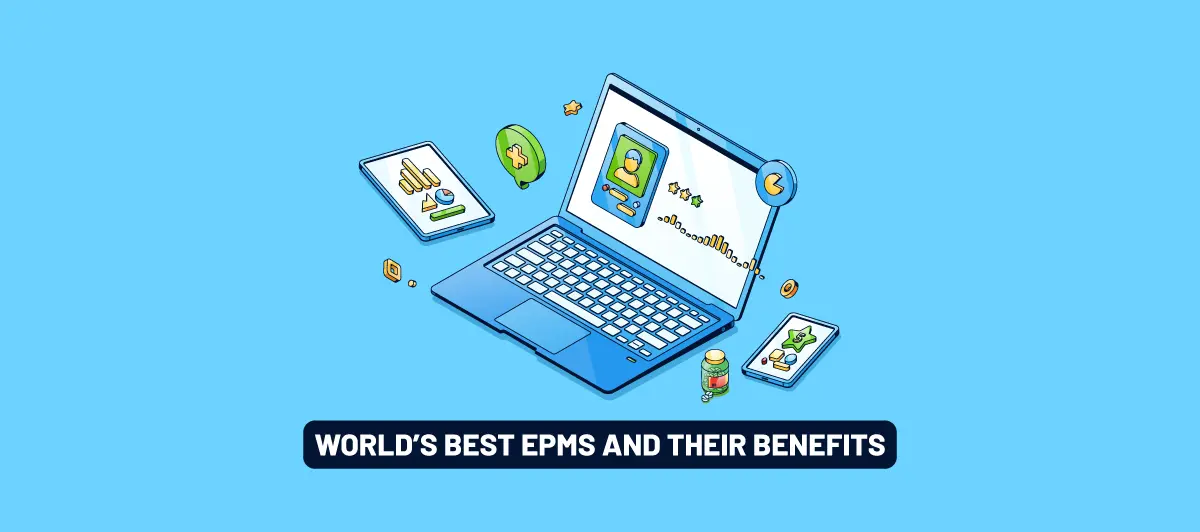Top 10 Electronic Patient Management System And Their Benefits
Quick Summary: In this competitive era, quality healthcare that enhances patient interest is a must. And this can only be fulfilled by adopting or leveraging innovative technologies. Hence, hospitals should implement an electronic patient management system to accomplish all tasks seamlessly. This blog will guide you about the top 10 electronic patient management software and help you to choose one.
Introduction
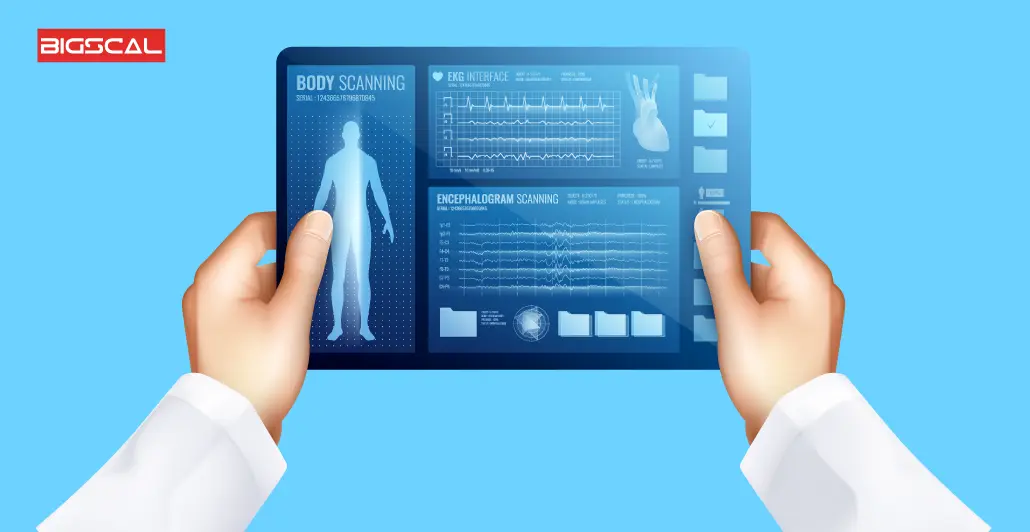
In an age where data-driven healthcare is transforming the patient experience, software advice as the Electronic Patient Management System (EPMS) has emerged as an essential tool for modern medical practices. Additionally, it helps to manage patient information and enhance patient interest. These innovative software solutions are redefining the way healthcare providers, from individual practitioners and independent practices to large hospitals, deliver care and manage patient’s records.
With an ever-increasing emphasis on efficiency, accuracy, quality reporting and patient-centric care, Electronic Patient Management software has become an invaluable tool for doctors and institutions. But the issue occurs when you need to choose one of the authorized providers with the best patient management system software.
However, we are here as always we were. We dedicate this whole blog to help you in choosing the best EPMS.
These systems, often referred to as an EHR system (Electronic Health Record) or EMR (Electronic Medical Record) systems, facilitate the secure storage and accessibility of patient information. By digitizing patient data, EPMS eliminates the clutter of paper records and ensures that vital data is just a click away, improving the quality of care and patient safety.
Additionally, these systems help medical practitioners in reducing medical errors. Which enhance patient communication
among healthcare professionals, and improve patient involvement in primary care.
So, keep reading and choose the bestest among the best!
What Is An Electronic Patient Management System?
Let’s start from the basics and understand what EPMS is.
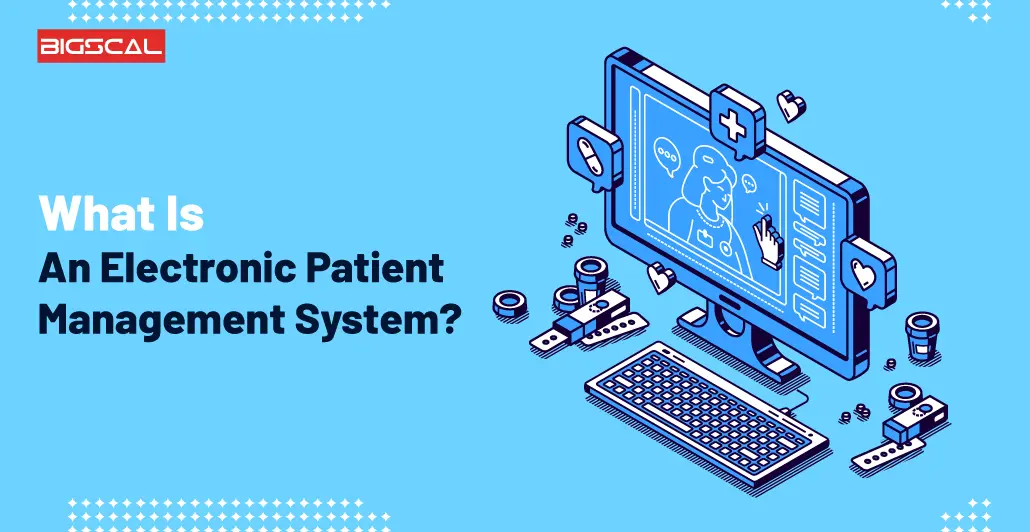
An EPMS or online patient management system is a digital software system used in healthcare to manage and store patient-related information. Many healthcare software fall under EPMS, including patient journey management software and more you will read further in this blog.
It includes features for patient record keeping, scheduling appointments, billing, prescription management, and other administrative and clinical tasks. EPMS can streamline medical processes, enhance patient care, and improve the overall efficiency of healthcare facilities. These systems can also provide secure access to patient data for authorized healthcare professionals.
Types Of Electronic Patient Management system software
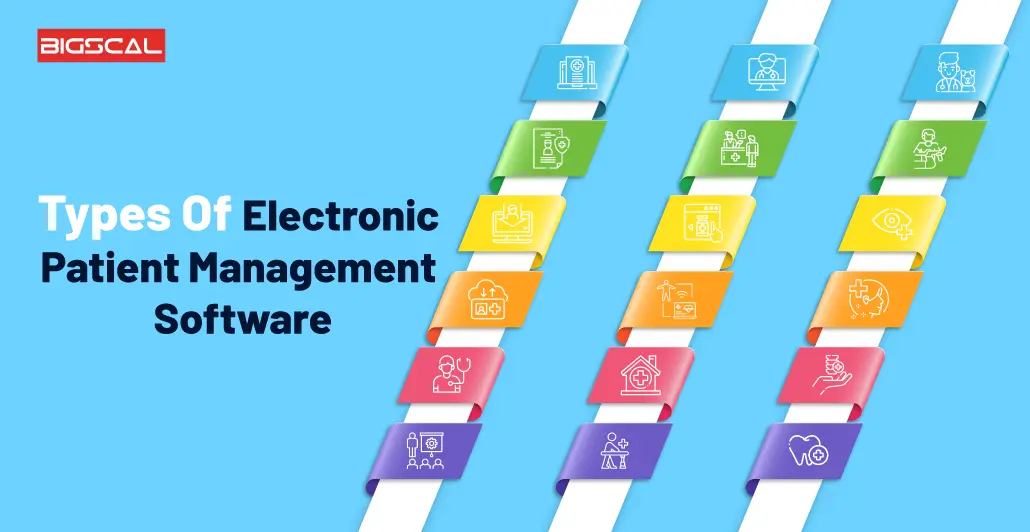
- Cloud Based Patient Management System
- Patient Care Management System
- Electronic Health Records
- Hospital Information Systems (HIS)
- Patient Registration Software
- Practice Management Software
- Telemedicine And Telehealth Platforms
- patient Information Management Systems
- Pharmacy Management Software
- patient management app
- Home Healthcare Software
- Rehabilitation Management Software
- Veterinary Practice Management Software
- Physical Therapy EMR Software
- Ophthalmology Practice Management Software
- Mental Health EHR Software
- Chiropractic EHR Software
- Dental Practice Management Software
- Portal Software
Benefits Of Implementing Electronic Patient Management software
Saving time and effort of both a doctor and a patient, being able to effectively manage a huge amount of personal data and being consistent with other healthcare institutions.Check them out:
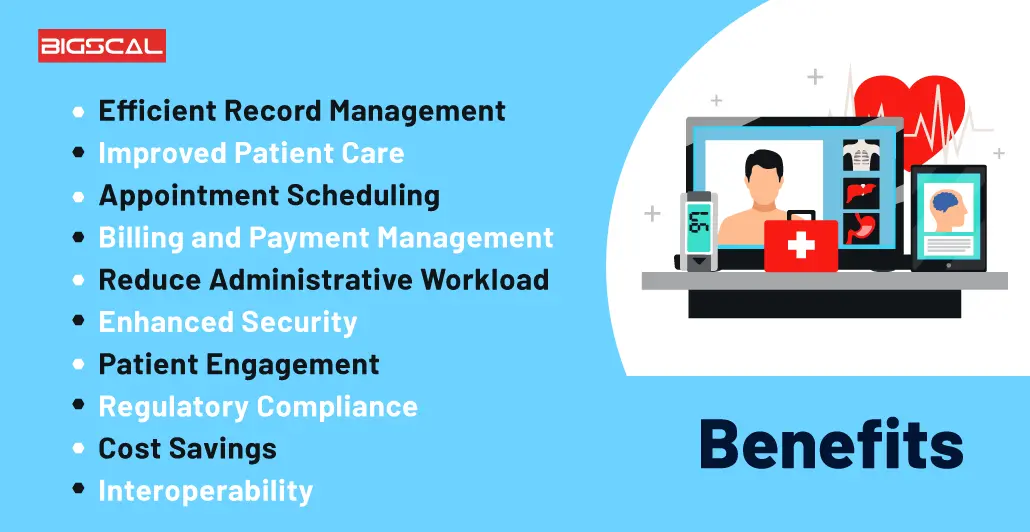
Efficient Record Management
Using Electronic Patient Management, is somehow also can be helpful to the professionals as they can keep record of all the patients without hassle. It guarantees that the physical files are no longer necessary, thus paperless retrieval of the required data becomes a breeze. Whereas the applications of media patients of the past were troubled by the fact that there was was no digital recording of medical records, doctors that make use of this modern-day technology can retrieve patient histories, lab reports and treatment modalities with very little hesitation. Much time and mistake with diagnoses can be saved, as a result.
Efficiency also includes security of documents and can prevent the loss or damage of documents. It not only guarantees the cohesion between patients records and clinical research data, but also allows rapid retrieval of information when necessary.
Improved Patient Care
EPMS improves the quality of patient’s care. As it stores patient health records, doctors and nurses can access these electronic medical records, in case of emergency and make a smart decision. The software can also issue medication reminders and track patient progress. Which ensures adherence to treatment plans.
Additionally, it promotes better communication among healthcare teams. Which leads to effective care, and improving patient outcomes.
Appointment Scheduling
EPMS takes the booking of appointments to a higher level and therefore making it easy and at the same time, accommodating patients’ and health care providers As a result patients might prefer online 24/7 appointments or opt to schedule them through the lay route of their mobile devices and apps, hence they eliminate the possibility of direct phone calls. Providing for optimal scheduling, providers do only eliminate appointment collisions and delays when patients are seeing the doctor.
It facilitates the entire cycle which leads to enhancing patient care. On the other hand, robot calls remind patients to their appointment, preventing the issues of no-shows that healthcare facilities often have to deal with and allowing for smoother bookkeeping and efficient treatment for patients.
Billing and Payment Management
Electronic Patient Management software is a medical billing/payment software that helps to streamline the electronic operation of the billing and payment processes in healthcare and reduces paper usage. It automates the billing process completely, thus making it easier to issue accurate invoices and follow payments. The patients may be sent their bills electronically for making payments online from the comfort of their homes with ease and for both the medical facility and the patient.
These financial records cut down on billing errors, help doctors to get quicker payment collections, and also enable them to keep better health and this contributes to smooth financial stability.
Reduce Administrative Workload
Electronic medical software decrees that the frequency of the administrative stuff for health personnel will be not much. It can perform scheduling of appointments , storing patients’ records and managing their prescriptions. The importance is that with maximum automation there is less paperwork and manual data entry, which enables the staff to perform tasks related to patient care. What is more, it supports the smooth exchange of information between health care stakeholders within the national health service corridor, which leads to easier coordination of patient care ultimately facilitating health care services.
Enhanced Security
A digital patient system maintains the security of the medical data by intensifying the security features. Hence, the system enables the creation of a protected repository which accommodates patient data, and only them can be permitted to access. Along with privacy issues, the system also has to follow healthcare regulations like HIPAA. Backups of the data and encryption are more forms of technologies that help in preventing the information from being lost or accessed unauthorizedly.
First and foremost, it is vital instrument to preserve courtesy throughout the patients and ensure that the healthcare data are secured.
Patient Engagement
EPMS plays a strategic role by ensuring that patients are involved in their own health care through their access to their medical records, appointments booking, and communication with their healthcare providers. So, on one hand, it makes patients to engage more activley in their health care. The overall outcome would be the improvement of the clinic services, promotion of healthy lifestyles and the creation of positive relationship between doctor and patient.
Regulatory Compliance
Electronic patient management software ensures healthcare facilities adhere to strict data privacy and security regulations. This practice management solution not only safeguards patient information but also helps healthcare organizations avoid legal troubles and penalties, promoting customer satisfaction, trust and reliability in healthcare services.
Cost Savings
By simplifying administrative tasks, reducing paperwork, and minimizing errors, EPMS can lead to significant cost savings for doctors. It enhances operational efficiency. Which allows effective utilization of resources. Additionally, it reduces the financial burden on both doctors and patients.
Interoperability
Electronic Patient Management software makes it easier for different healthcare systems and devices to talk to each other. Imagine your phone charger works with any brand – that’s interoperability.
In healthcare, it means your doctor can access your records from various places, improving care coordination and reducing errors. It’s like all your gadgets speaking the same language, ensuring your health information flows smoothly and securely.
Features Of Electronic Patient Management System
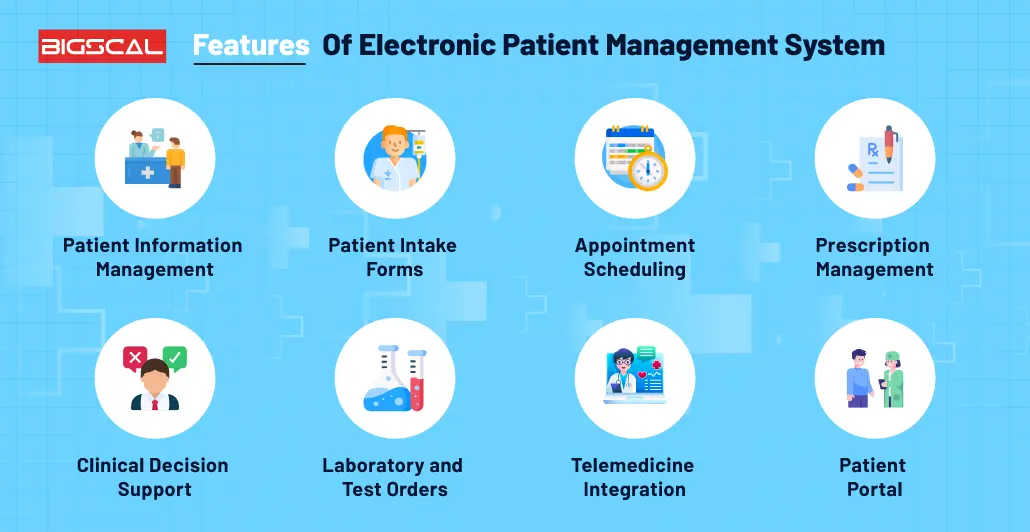
Patient Information Management
This feature in an Electronic Patient Management System helps doctors to organize and access patient data. In addition, it stores essential information like medical history, contact details, and insurance data. Which makes it readily available to doctors and staff and also ensures great patient care.
Patient Intake Forms
Patient intake forms are digital versions of the paperwork patients fill out when visiting a healthcare facility. They’re user-friendly and allow patients to provide personal and medical details online. Additionally, this simplifies the check-in process, reduces paperwork, and ensures that healthcare professionals have the most up-to-date patient information.
Appointment Scheduling
Appointment scheduling tools in the system make the process of setting up patient visits more easy. Furthermore, they enable patients to request and book appointments online, which reduces phone calls and administrative work. For doctors, this means better organization, Reducing no-show appointments, and helping to improve patient experience.
Prescription Management
Prescription management in an EPMS is like a digital medicine organizer for doctors. Instead of paper based records or prescriptions, doctors create digital ones. Additionally, this not only saves time but also reduces errors. Pharmacists can access these prescriptions easily. It makes it simpler to fill and double-check medications.
Patients benefit by having their prescription history stored digitally, ensuring they receive the right treatment consistently. Further, It’s like upgrading from paper notes to a user-friendly, organized digital system for medications.
Clinical Decision Support
Clinical Decision Support is like having expert health care providers by your side when making treatment choices. in an EPMS, it uses smart algorithms to provide doctors with important information about a patient’s condition. It suggests potential diagnoses, recommends treatments, and warns of possible complications. Moreover, it’s like having a virtual assistant that helps doctors make smart choices, enhancing the quality of health care organizations give.
Laboratory and Test Orders
Think of laboratory and test orders in an EPMS as your healthcare checklist. When a health care providers wants to investigate your health further, they use the system to request tests, such as blood work or imaging scans. These orders are sent directly to the laboratory or diagnostic facility, reducing paperwork and ensuring accurate tracking. The results are also returned electronically, so doctors can analyze them quickly
Telemedicine Integration
This feature lets doctors and patients connect online. It’s like a virtual doctor’s visit. You can have video calls, chat, or exchange messages with your healthcare provider from the comfort of your home. It’s super convenient and especially useful when you can’t go to the clinic.
Patient Portal
This feature of EPMS is like your personal health hub. It’s a secure website or app where you can access your medical info. You can check your test reports, appointments, and even communicate with your doctor. It puts you in control of your health records.
Reporting and Analytics
It’s like the data side of healthcare. It collects info from all patient records to spot trends and make smart decisions. Hospitals and doctors can use this data to improve treatments, manage resources, and keep patients safe. It’s like having a health detective for better care.
User Access Control
User access control in an Electronic Patient Management System (EPMS) is like having a secure key in a hospital. It ensures that only authorized personnel can view or change patient health records. Doctors, nurses, and administrators each get their own key. This keeps sensitive data safe, like a secret lock for a diary.
Mobile Access
Mobile access in an EPMS as having your hospital’s information in your pocket. Doctors and nurses can check patient records or schedule appointments using their smartphones or tablets. It’s like carrying a mini-hospital with them, making healthcare more flexible and accessible.
Integration with Pharmacy Systems
The integration of pharmacy systems in EPMS, helps doctors to send prescriptions directly to the pharmacy. It reduces errors and saves time. Patients get their medications faster, and healthcare becomes more efficient.
Patient Reminders
In an Electronic Patient Management Software, patient reminders help health care providers keep patients on track with their appointments and treatment plans. Hence, this means the system can send automatic reminders via messages or emails to ensure patients take all important medical visits, tests, or medication schedules.
Workflow Automation
Workflow automation simplifies the administrative tasks in healthcare. It automates processes like appointment scheduling, billing, and patient record updates. This frees up staff from repetitive tasks, ensuring efficient patient care and reducing the chances of errors.
Inventory Management
Inventory management in a healthcare setting ensures that medical supplies, drugs, and equipment are well-monitored. It helps in preventing shortages, reducing waste, and ensuring that the necessary resources are available when needed.
Top 10 Electronic Patient Management Software
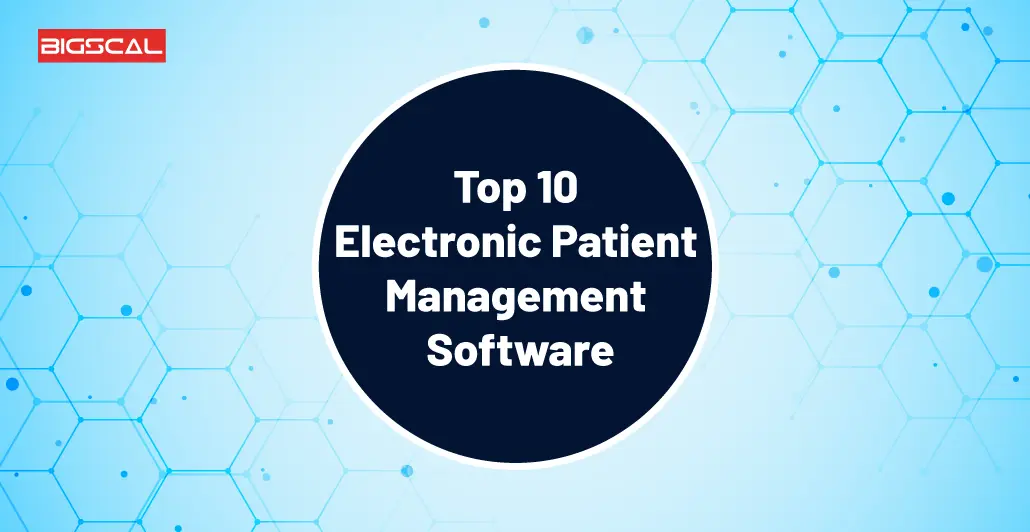
Concluding some best patient management software for you. Keep reading:
Healthray
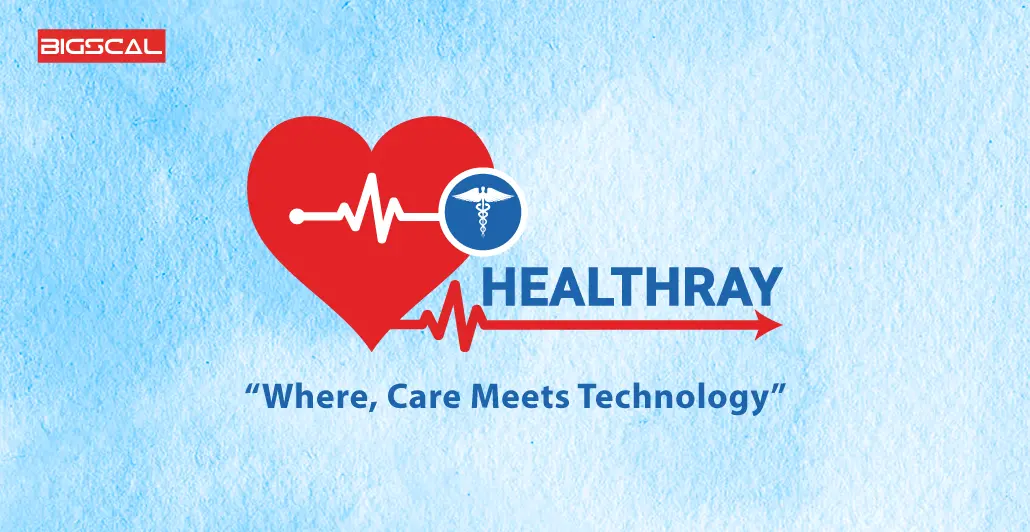
Healthray is a digital system that helps doctors and medical staff manage patient health information technology and care. It keeps track of medical records, appointments, and treatment plans in an easy-to-use way. With Healthray, doctors can access patient data quickly, which leads to better care.
Further, Patients can also get advantage as they can view their records and stay updated in their health. It’s like a smart filing system for hospitals and clinics, making healthcare smoother and safer.
Top Benefits Of Heathray:
- Easy access to patient records
- Efficient appointment scheduling
- Streamlined billing and insurance claims
DrChrono
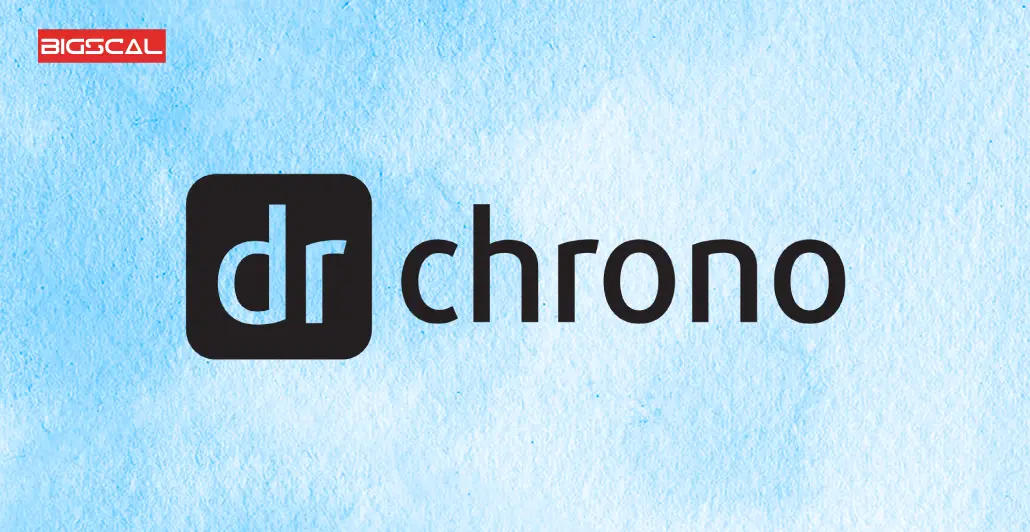
DrChrono is like a digital assistant for doctors. It’s a tool that helps them with patient management, appointments, and billing. It is a one-stop solution for medical offices. Doctors can check their schedules, write prescriptions, and even send bills with just a few clicks.
Additionally, Patients also prefer it because they can access their health records easily. It’s like having a virtual clinic in your pocket. DrChrono makes healthcare more efficient and convenient for both doctors and patients.
Top Benefits Of DrChrono:
- Comprehensive patient charting
- Mobile access for doctors on the go
- Integrated medical billing
Kareo Clinical

Kareo Clinical is a user-friendly EMR/PM that provides hospitals and healthcare providers a convenient method to group up patient information into easy-to-read format. It allows these functions to be carried out including booking of appointment, billing of medical and maintenance of patient records.
On the same token, besides Kareo clutching on to patient health records, collection of clinical data, as well as treatment course and billing information, there remains no divide among healthcare providers in effectively managing medical clinics.
Top Benefits of Kareo:
- Easy to use interface
- Use control tools
- Patient portal communication
Netsmart myUnity
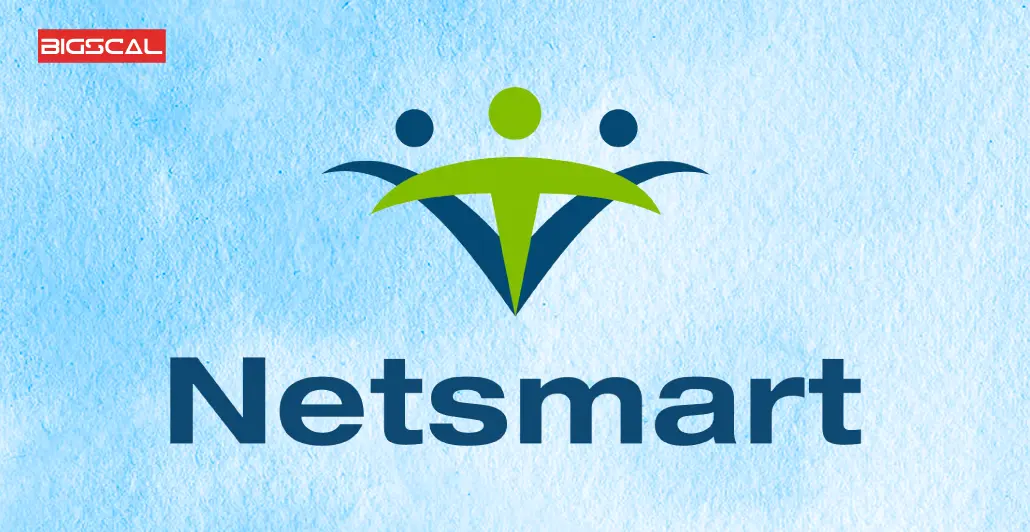
With the deals in mind, Netsmart myUnity, a healthcare software solution, stands out for its ability to improve patient treatment and administrative tasks efficiency. This way, health providers are enabled to effectively do the work related to patient records maintenance, treatment designing, and appointments.
Furthermore, it also takes the use of multi-functional healthcare products like Electronic Health Records and pre-payments into interface. It mediates dialogue with healthcare workers that further promotes patient care that is integrated and effective, and consequently patients have an exceptional healthcare experience.
Top Benefits of Netsmart myUnity:
- Electronic prescribing
- Telemedicine capabilities
- Revenue cycle management
NextGen
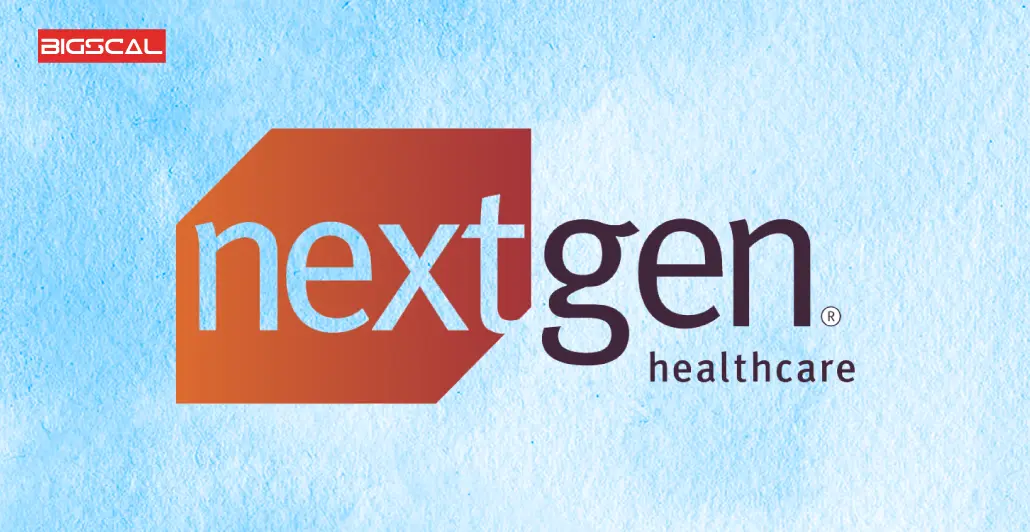
NextGen is a healthcare software that monitors doctors, hospitals, and clinics in order to ensure patient information organization. It has the capacity for keeping the records like medical data, appointments, and billing. Although considered as a disruption, this new system gives the goal doctors to monitor the health improvement of patients.
Top Benefits of NextGen:
- Electronic prescribing
- Telemedicine capabilities
- Revenue cycle management
eClinicalWorks
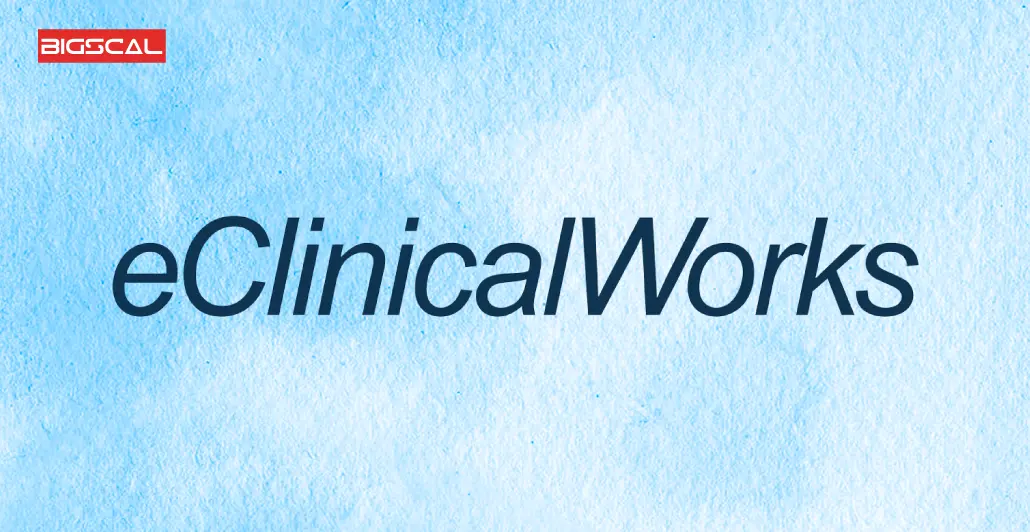
eClinicalWorks is another example of Patient Management System for practicing doctors and clinics. It gives them the freedom to make appointments, keep records, be in touch with their patients or send them important reminders. Unlike a human assistant, it is digital, and therefore working for healthcare where it helps healthcare professionals be organized and have excellent medical services.
Top Benefits of eClinicalWorks
- Streamlines patient data access
- Enhances appointment scheduling
- Cut down on man-made paperwork and data entries.
Valant
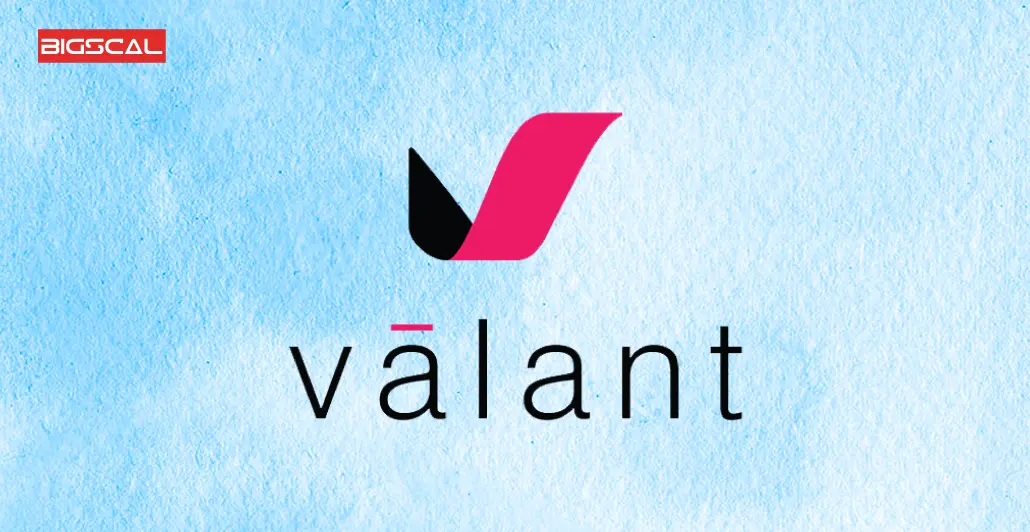
Valant is an EPMS or electronic system that helps healthcare providers streamline their practice. It simplifies scheduling, charting, and billing, making it easier for doctors to focus on patient treatment. With Valant, patient information is easily accessible, ensuring accurate and efficient record-keeping. It also offers secure messaging for communication between patients and medical providers anywhere, enhancing patient interest.
Top Benefits of Valant:
- improves patient engagement
- Simplifies billing and claims processing
- Offers secure data storage
AdvancedMD
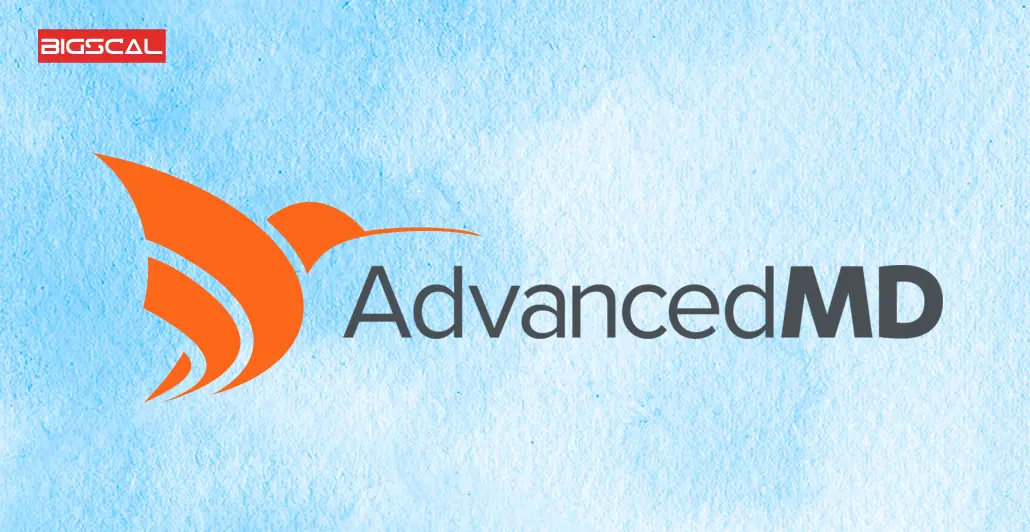
AdvancedMD is another EPMS that simplifies healthcare practices. It offers features like appointment scheduling, billing, and electronic health records. It allows healthcare professionals to automate administrative tasks, reducing paperwork and saving time.
Additionally, it also includes tools for telemedicine, facilitating remote patient consultations. With its user-friendly interface, AdvancedMD makes it easier for health care providers to manage patient data and provide quality care.
Top Benefits of AdvancedMD:
- Increases practice efficiency
- Provides insightful analytics
- Ensures compliance with regulations
Cerner
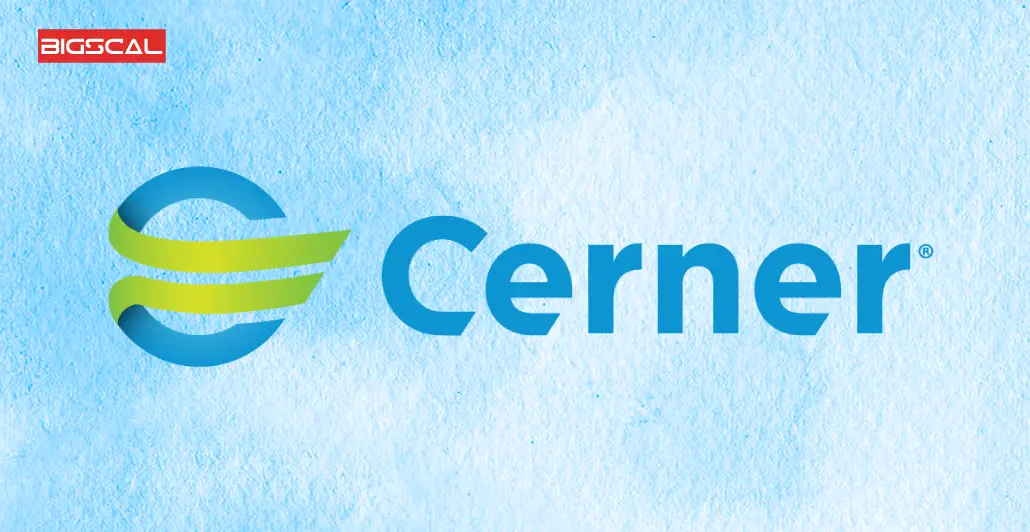
Cerner is a powerful Electronic Patient Management System used by doctors to streamline patient info. It simplifies administrative tasks like scheduling and billing. With Cerner, doctors can access patient records easily, ensuring accurate diagnoses and personalized care. Patients benefit from its patient portal, allowing them to view test results and communicate with their healthcare team. Cerner promotes efficiency and reduces errors in healthcare operations.
Top Benefits of Cerner:
- Supports interoperability with other systems
- Enhances decision-making with data
- Reduces redundant tasks
Practice Fusion
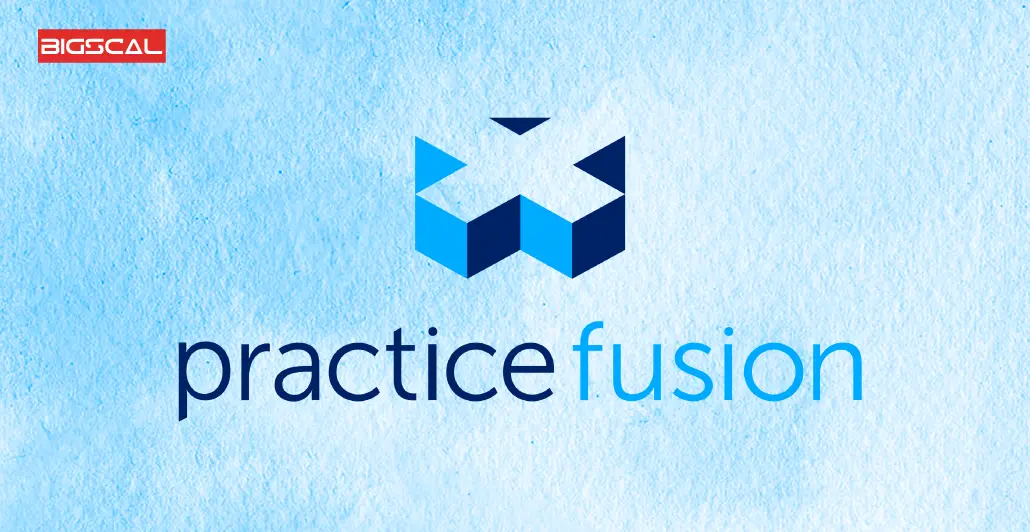
Practice Fusion is a user-friendly Electronic Patient Management System, designed for small practices. It helps doctors manage patient records, appointments, and prescriptions with ease. Its integrated e-prescribing feature improves medication accuracy and safety. Practice Fusion also offers a patient portal for convenient communication, making it a cost-effective choice for smaller medical practices.
Top Benefits of Practice Fusion:
- Offers cloud-based accessibility
- Helps in e-prescribing
- Enables electronic charting
How Bigscal Can Help You To Develop a Patient Management System?
We at Bigscal can help you develop a Patient Management System by providing the necessary technical expertise. Our experienced developers will design the software according to your requirements within the period you decide. Additionally, we will integrate customized features. These features can include all the features that you have read above. Moreover, we are very strict about deadline submission.
So, if you are searching for a company to take help with developing or creating pati
Conclusion
It is essential to choose the best Electronic patient management software to get efficient outcomes. Moreover of that, select the one that fulfills all your requirements. We have already given you a list of top-notch patient management system software. Now, all you need to do is select the EPMS, assess your needs carefully, and pay close attention to all the considerable points.
FAQ
What are patient administration system benefits?
A Patient Administration System (PAS) offers several benefits, including streamlined patient registration, efficient appointment scheduling, accurate billing, and improved medical record management. It enhances administrative processes in healthcare facilities. PAS reduces errors, and enhances treatment by ensuring that accurate information is readily available to health care providers.
Write patient management system example.
A common example of a Patient Management System is an Electronic Health Record (EHR) system like Epic or Cerner. These systems store and manage patient data, including medical information, treatment plans, and billing information. They enable healthcare professionals to access and update patient records, improving care coordination and decision-making.
What is an example of an EMR?
One example of an Electronic Medical Record (EMR) system is “Epic Systems.” It is popular in healthcare facilities to digitize and store patient health records, including treatment details, and test results.
What is an electronic health records EHR management system?
An Electronic Health Record (EHR) management system is a digital platform used in healthcare to collect, store, and manage patient health information. It includes data like treatment plans, test results, and more.
What are the most used EMR systems?
There are two most used electronic medical records EMR system:
- Healthray
- Bigscal
